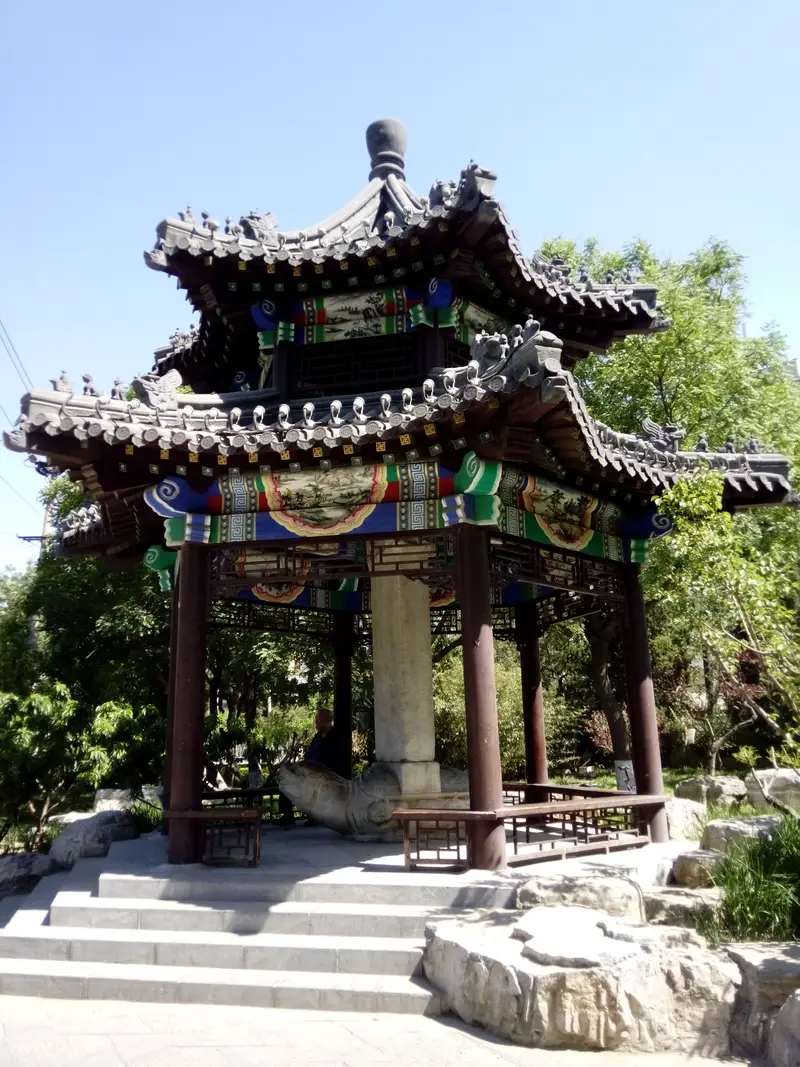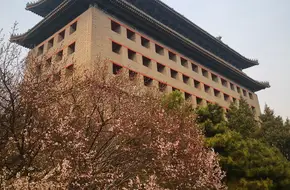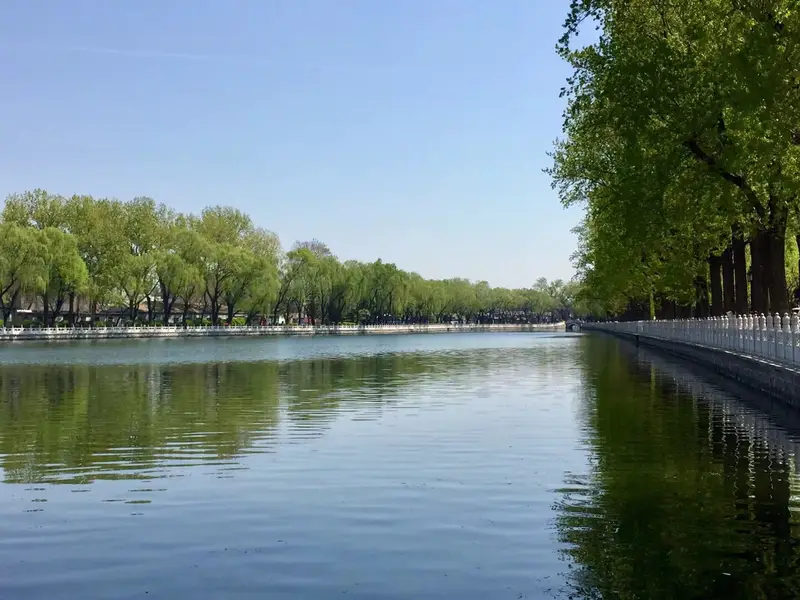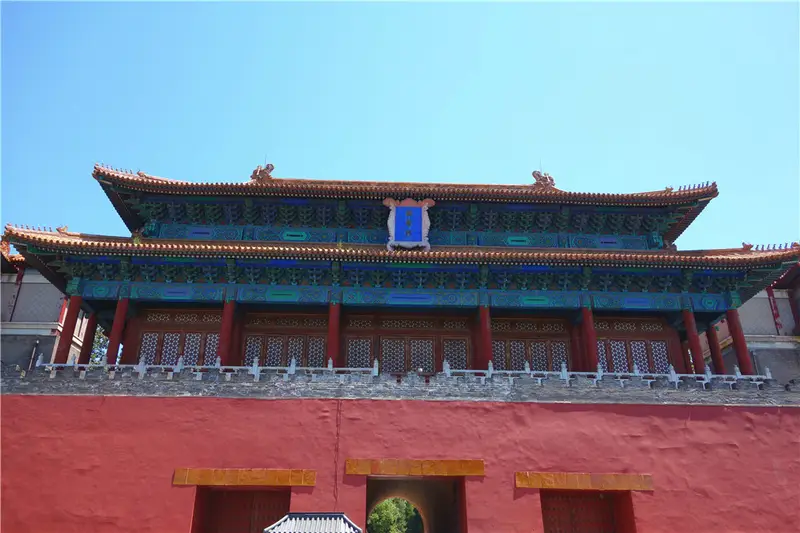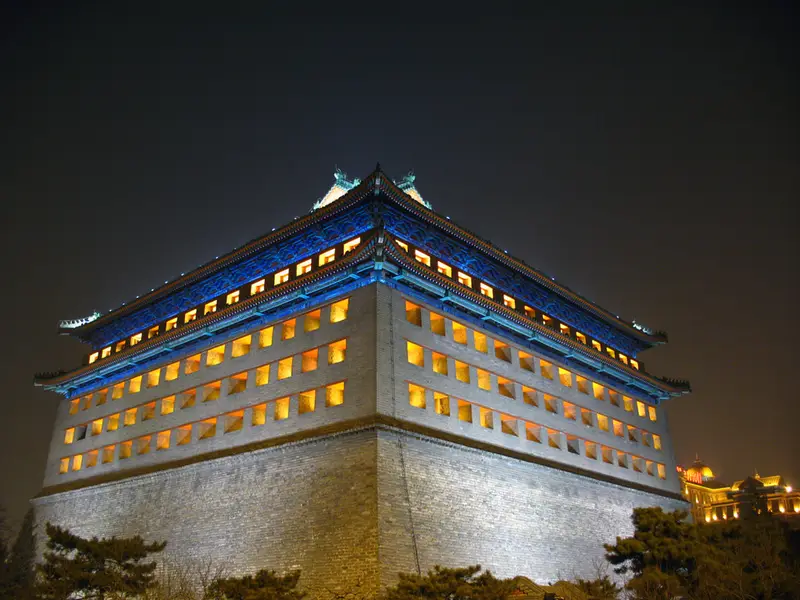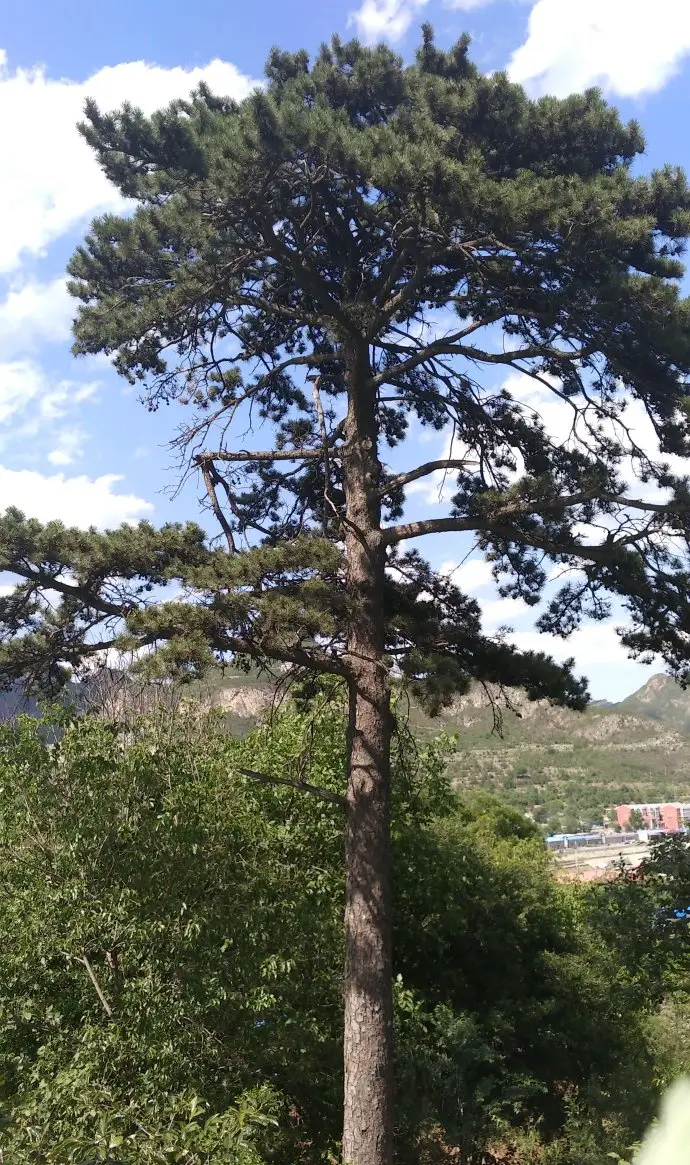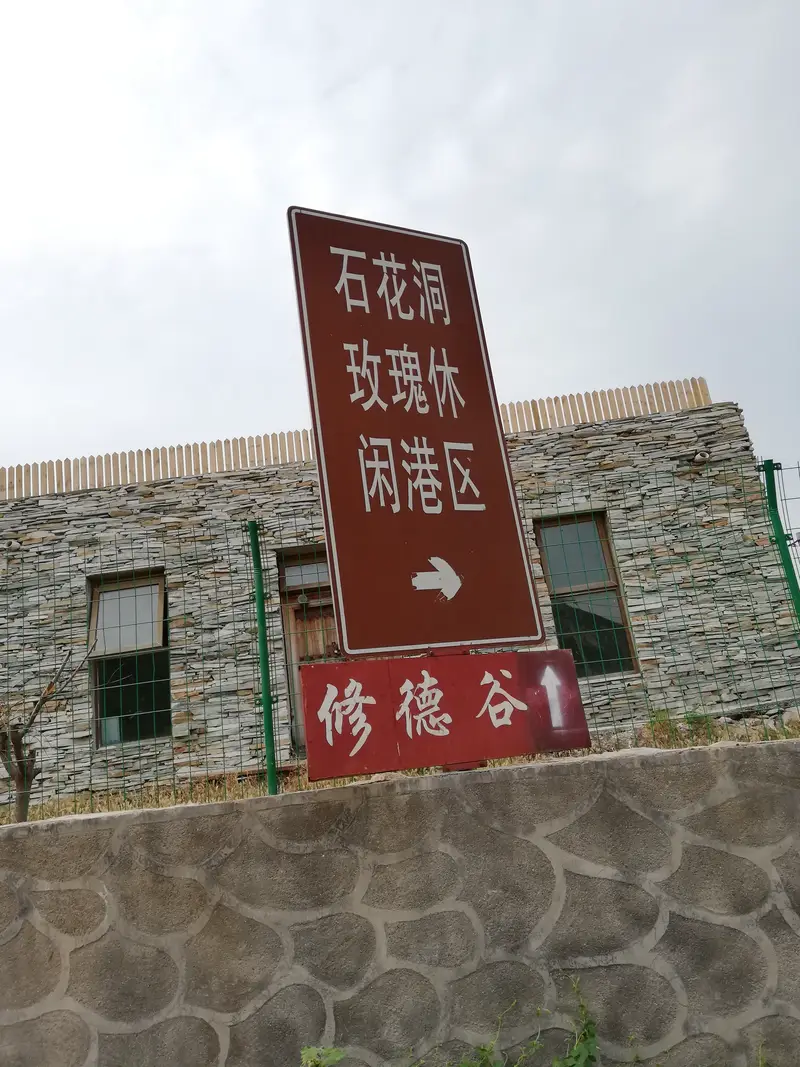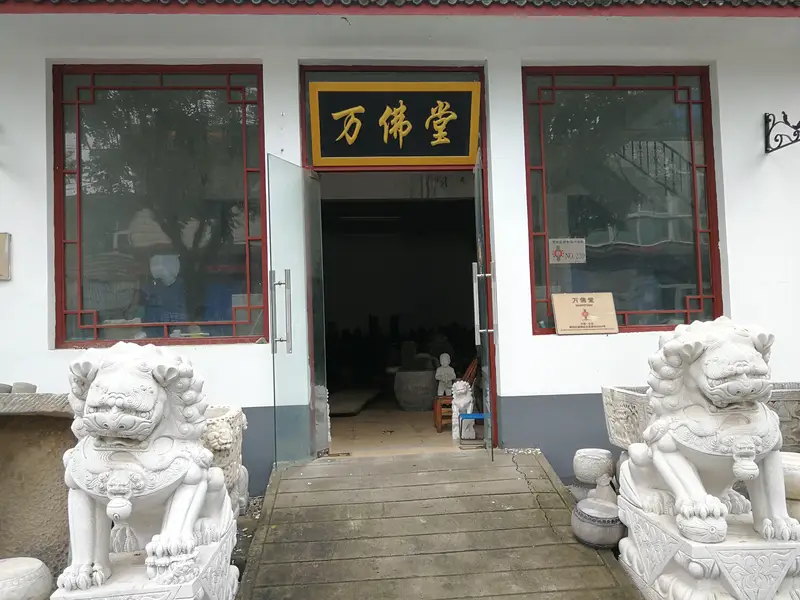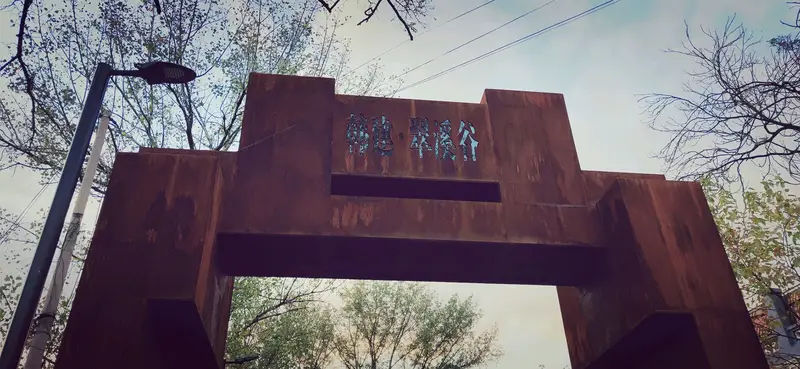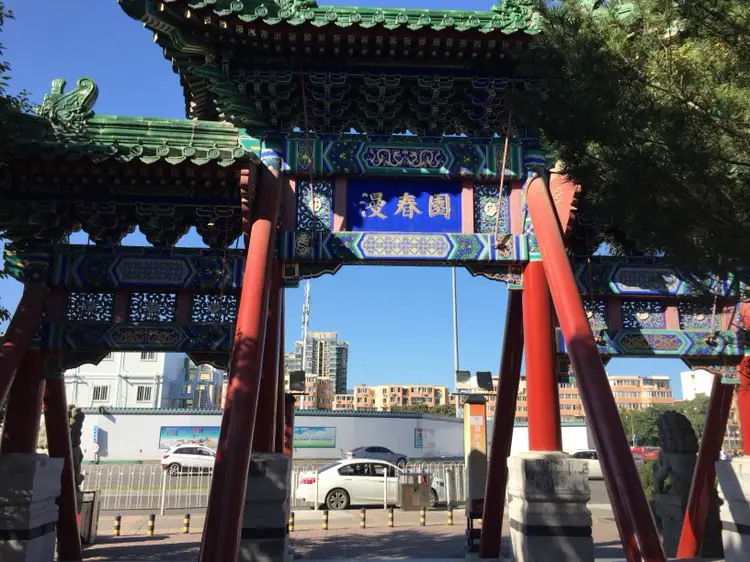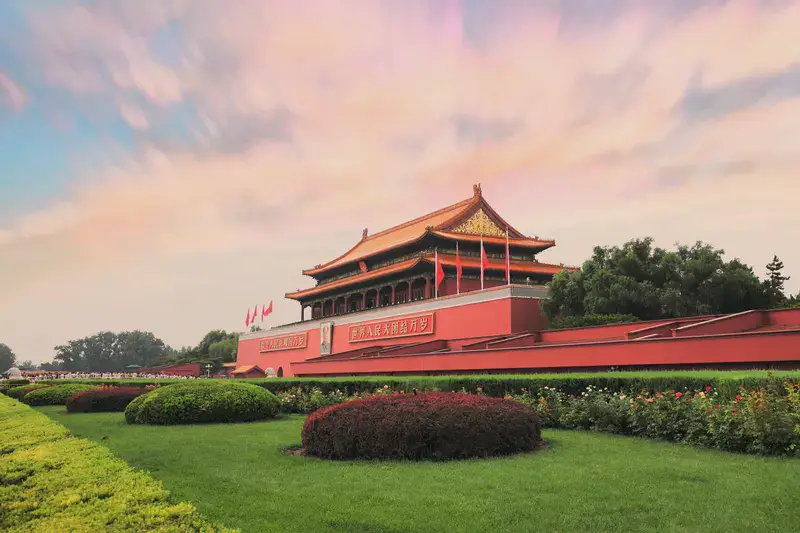Peach Palace, a hidden gem in Beijing’s historic Dongcheng District, sits at the east entrance of Chongwenmen East Street. This spot is super easy to reach—just hop off at Chongwenmen Station on Line 2 or Line 5 of the metro, and walk about 10 minutes. You’ll spot it near the corner of the old city wall, right next to a bustling street filled with local shops and snacks. Bonus: it’s only a 20-minute stroll from the famous Tiananmen Square or Forbidden City, so you can combine visits!
Natural Vibes & Surroundings
Though Peach Palace isn’t a “nature spot” like parks or mountains, its charm lies in its hustle-free corner of the city. The area around it feels old-school Beijing—think narrow hutongs (alleys), tall trees shading the streets, and locals chatting on benches. During spring or fall, the nearby walls and gates make for great photo backdrops, especially when the sun sets.
Cultural & Historical Vibes
Peach Palace is one of Beijing’s most iconic Daoist temples, dating back to the Ming Dynasty (around 500 years ago!). It got a major makeover in 1662 under the Qing Dynasty’s Emperor Kangxi. The temple’s name? It comes from Chinese myths about peaches of immortality, which symbolize longevity in Daoist culture. Inside, you’ll find colorful murals, intricate roof tiles, and statues of gods like Shang Laojun (the Grand Master of the Dao). Even if you’re not into religion, the architecture alone is worth a peek!
What to See & Do
The temple itself is small but packed with details. Check out the rear hall, which was rebuilt in 1662 and still looks stunning today. Every now and then, locals hold traditional festivals here, especially during the peach-themed Lunar New Year celebrations. If you visit on a quiet day, you might even hear monks chanting—it’s pretty cool.
Practical Tips
- Opening hours: Generally open daily, but double-check online if you’re visiting on holidays.
- Entrance fee: Free! (Though donations are welcome.)
- Facilities: There’s a tiny restroom on site, and a few benches outside for resting. No cafes inside, but plenty of snack stalls nearby.
Visitor Experience
Visiting Peach Palace feels like stepping back in time. Unlike crowded spots like the Forbidden City, here you’ll see more locals than tourists. Spend 30 minutes exploring the temple, then wander the nearby hutongs to grab a tea or try jianbing (a local snack). For the best photos, come early morning or late afternoon—the light is soft, and the crowds are thin.
Why It’s Worth a Stop
Peach Palace isn’t a “must-see” like the Great Wall, but it’s perfect if you want to experience authentic Beijing vibes. History buffs, photography lovers, and anyone curious about Chinese spirituality will dig it. Plus, it’s way less crowded than other temples, so you can snap photos without people ruining the shot!
Use this as a quick detour if you’re already near Chongwenmen or the Forbidden City. Trust me, Peach Palace is one of those spots that makes you feel like you’ve discovered a local secret!


